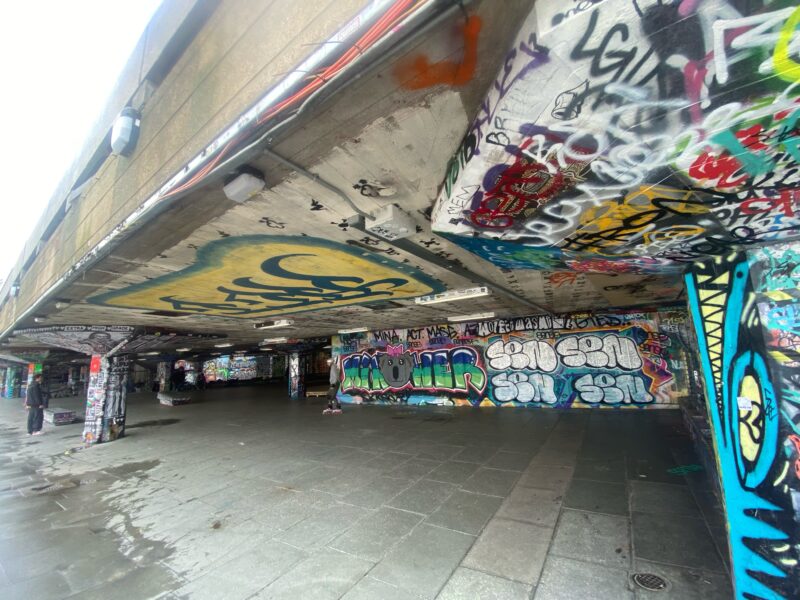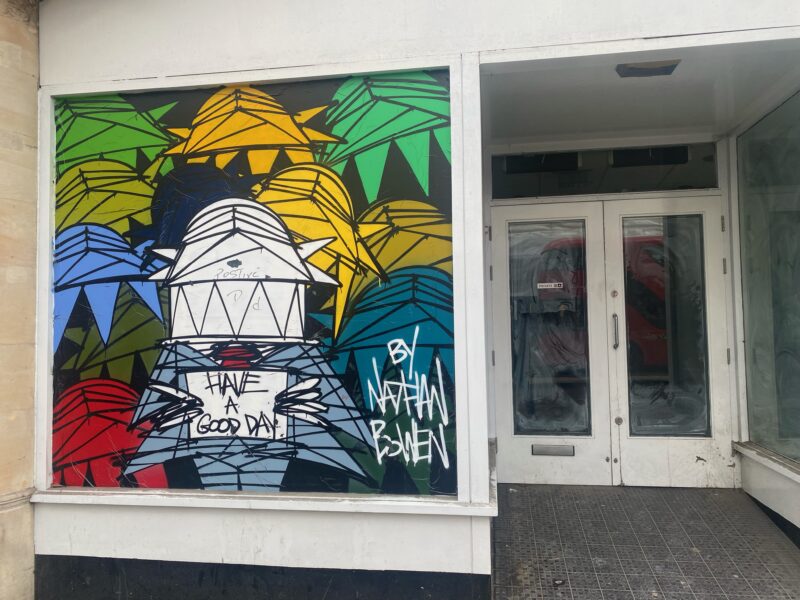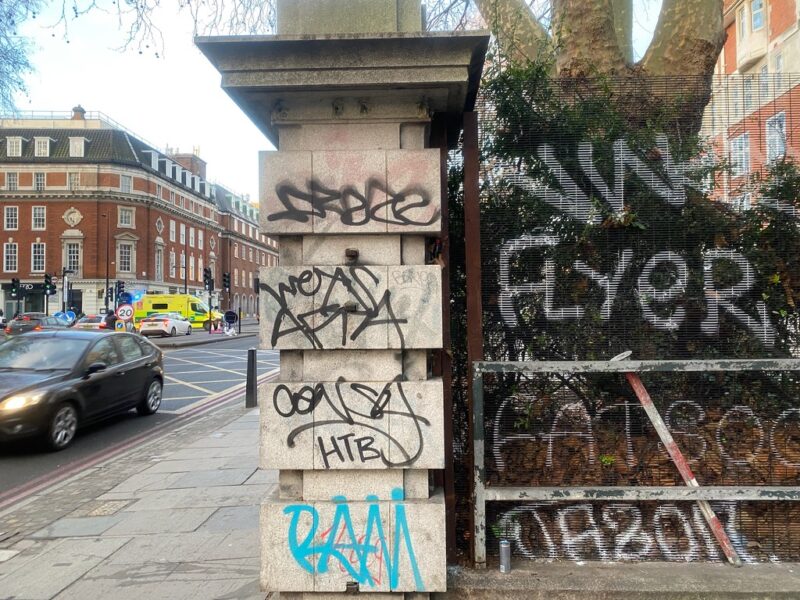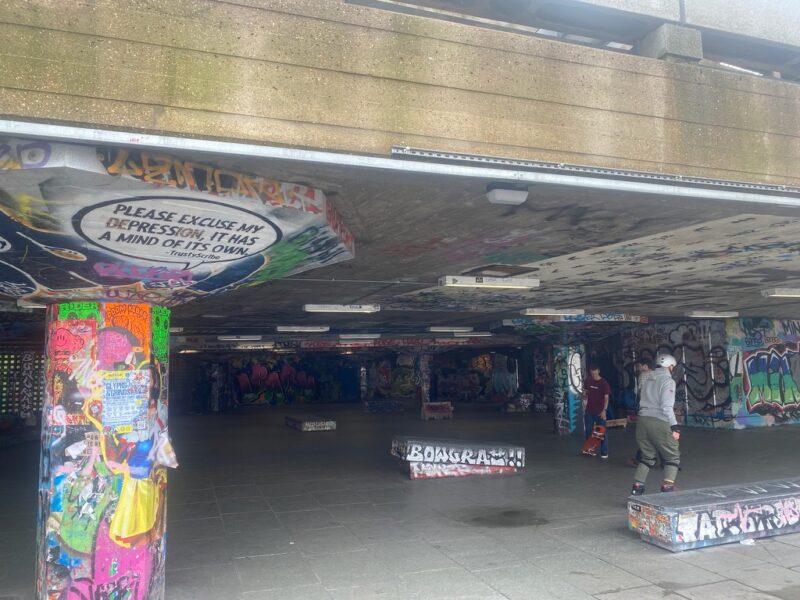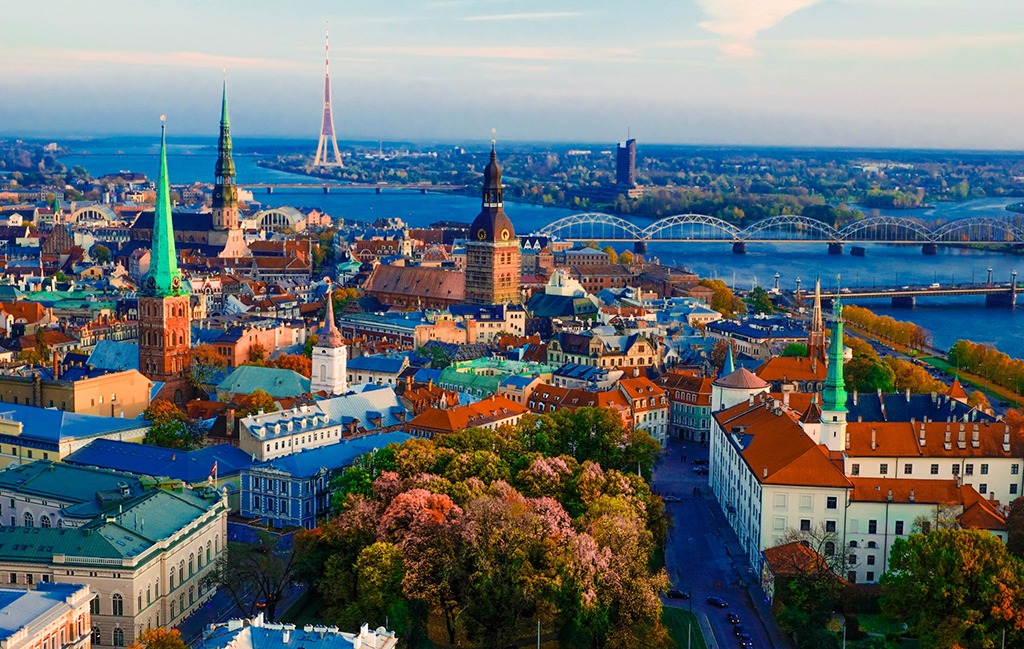Signs of defiance are required in cities for innovation, entrepreneurship and creativity
On a recent visit to Riga, the capital city of Latvia, I noticed that a black cat adorned much of the merchandise. Clearly a symbol, likely with a story. More on this later. The places we live, and visit have literal and implied signs and symbols that set the tone. ‘Who we are now, the stories of the past and future.’

We are surrounded by signs and symbols that underpin how we think and what we do. From major and minor brand logos that infiltrate our lives, to warning signs that separate right and wrong, and other indicators that can set the tone of a city or town. One city may be viewed more exciting and progressive than another, simply from the signs it presents and how the community and visitors interpret these.
The story of the Riga cat goes back to around 1909 when a local Latvian businessman, Ludvigs, was refused entry into the local chamber of commerce. Called the Great Guild, and coincidently based directly opposite Ludvigs’ house, The Guild was restrictive in its membership due to being governed by non-locals from Germany primarily. Latvia had a long history as an international trade base in the region, yet the locals were typically not given respect and were viewed largely as the workers rather than leaders.
Rather than accepting his rejection, Ludvigs placed two statues of angry looking cats on the turrets at the top of his home, with raised tails and behinds directed towards the Guild, in an act of defiance. After a long and drawn out court battle, the two sides came to an agreement: Ludvigs was to turn the cat anuses away from the Guild, and the Guild would accept Ludvigs into their ranks.
The angry black cat has since become an entrenched sign of defiance and strength.
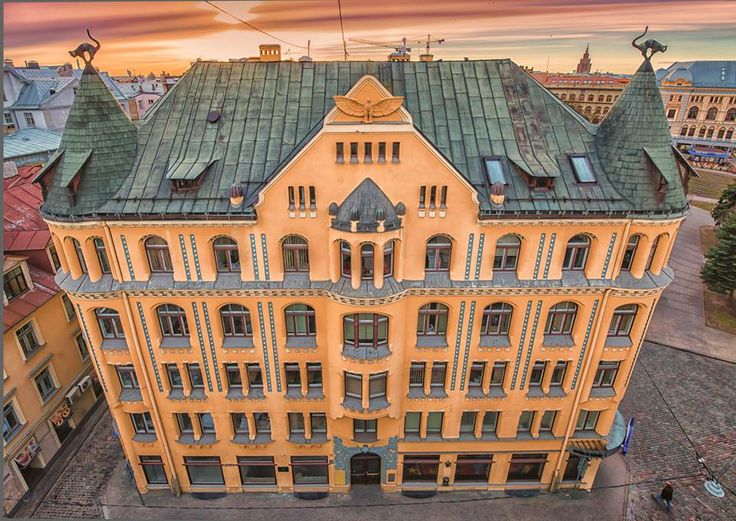
Signs of defiance surround us in the cities we live and visit. They can illustrate a friction with the establishment, and a signifier of strength, as well as an indicator of opportunity for creativity and innovation.
Semiotics is the study of signs and sign processes, from cultural representations to languages, to warning signs, brands and emojis. Understanding semiotics is a valuable tool to complement other consumer insights methods, yet more so as an observation of the signs and its meanings. It can be valuable in identifying emerging trends and opportunities and to enhance inclusivity and exclusivity.
One aspect of semiotics I ponder when travelling is the signs that indicate a fertile or stagnate environment for entrepreneurship, and creativity.
For one observer empty builders, for lease signs and similar symbols may indicate a struggling economy, yet an entrepreneur may view the gap as an opportunity to reinvigorate a location.
Orderly streets, lack of friction, minimal litter may be heaven to some, yet boring and absent of problems to solve for another. A perfect city or town may not provide the necessary friction and discomfort to inspire new ways of thinking, and a desire to seek improvement and change.
Personally, I find non-commissioned street art, even in a very primal form, a positive sign of friction and indicator of opportunity for entrepreneurship, and creativity. A tag counterbalancing a historical building, indicating youth setting a new path from history.
It is interesting to ponder what makes one city more innovative than another, and what are the signs and symbols surrounding the city or town that indicate opportunity for entrepreneurship and creativity. Perhaps when there is too much order and perfection complacency will grow.
And, here’s a few street art pictures from my recent trip …
Riga, Latvia
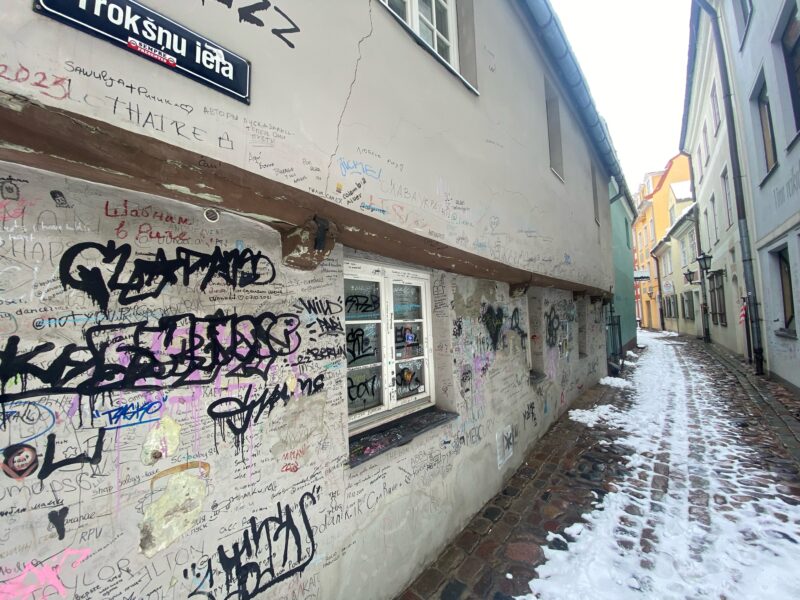
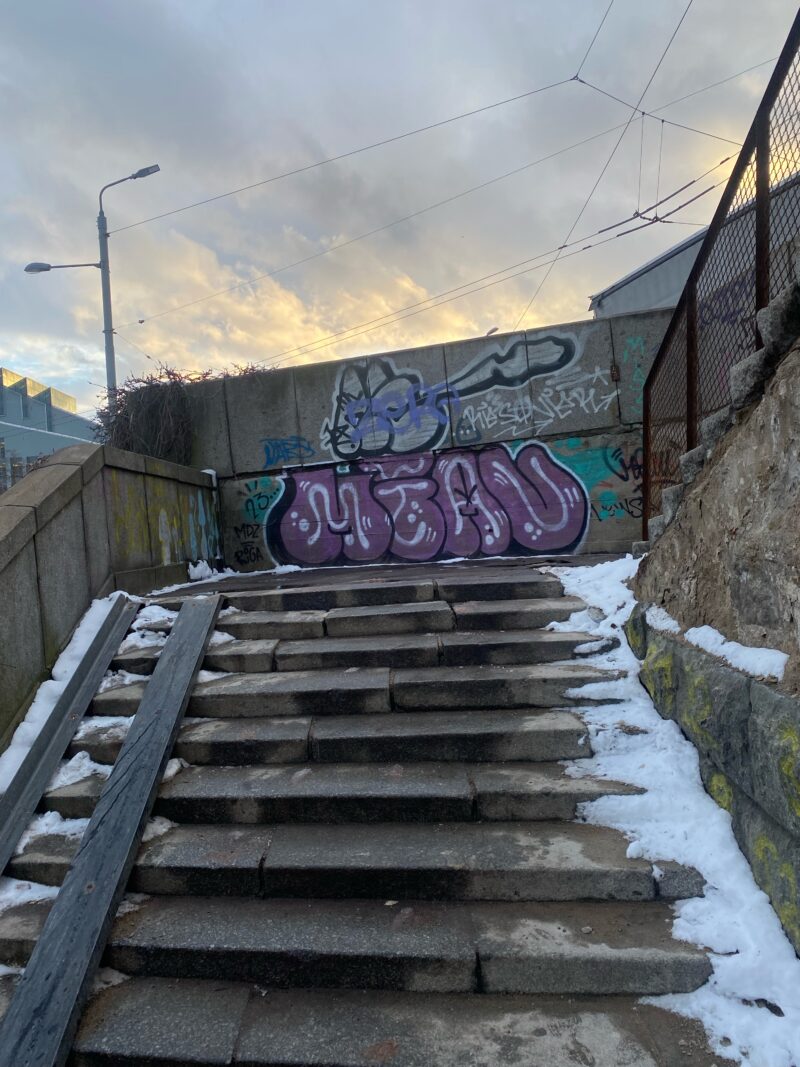
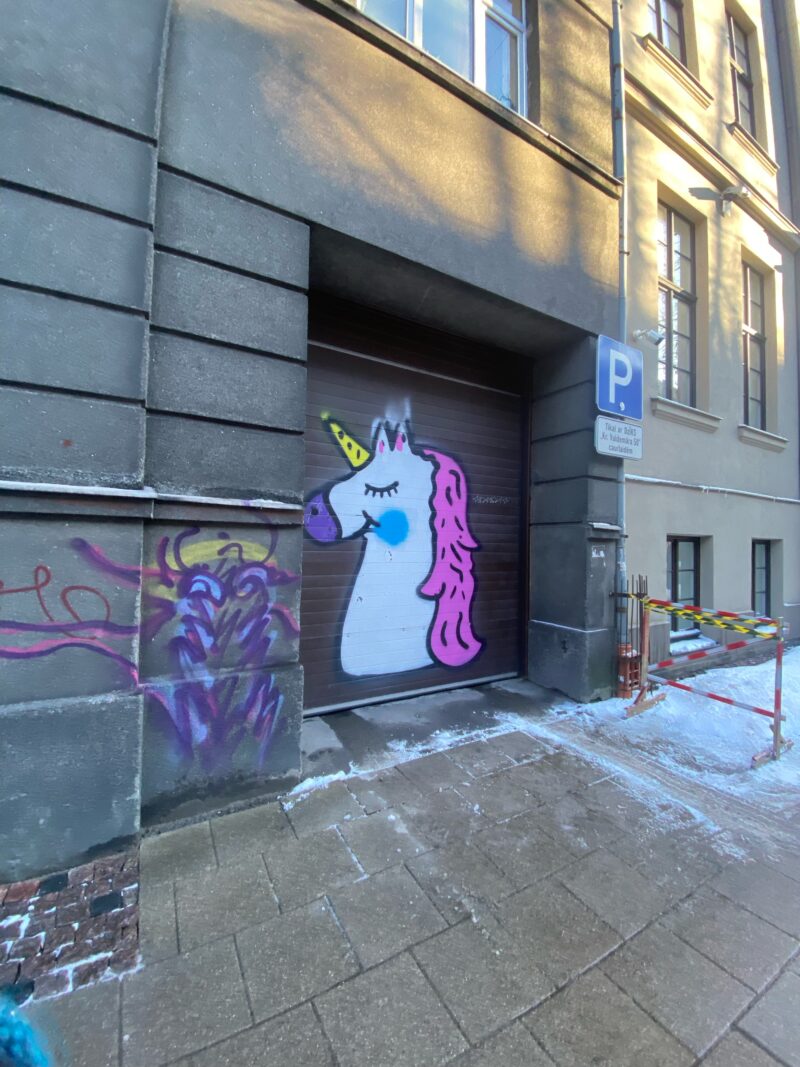
Sheffield, UK
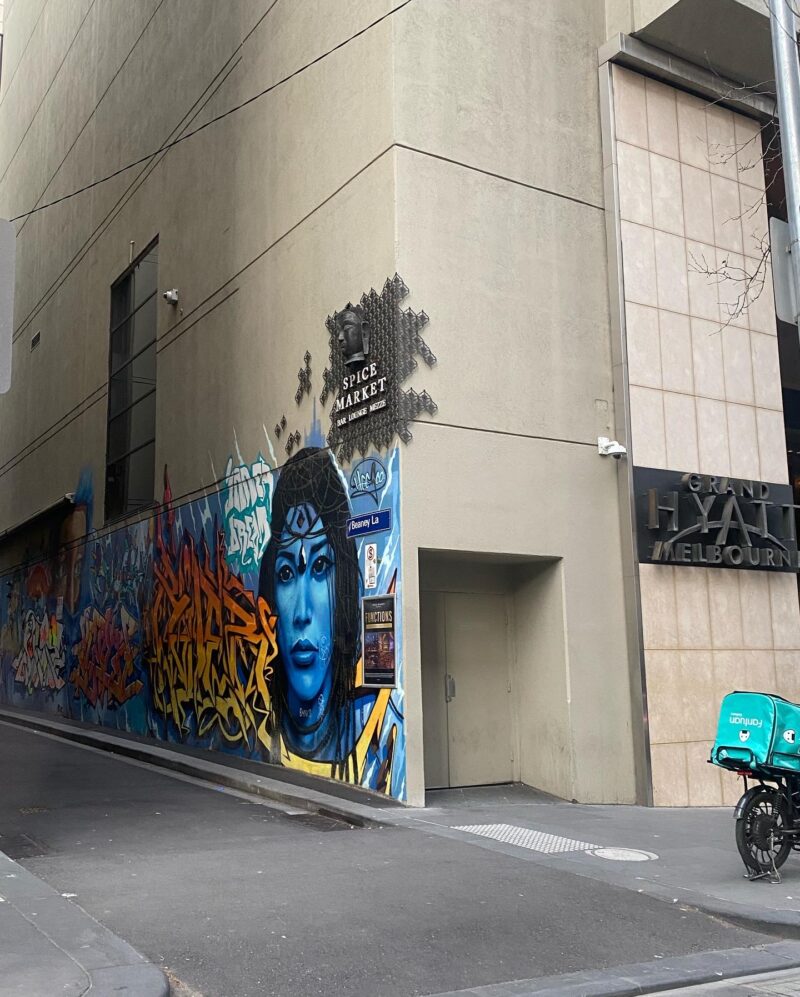
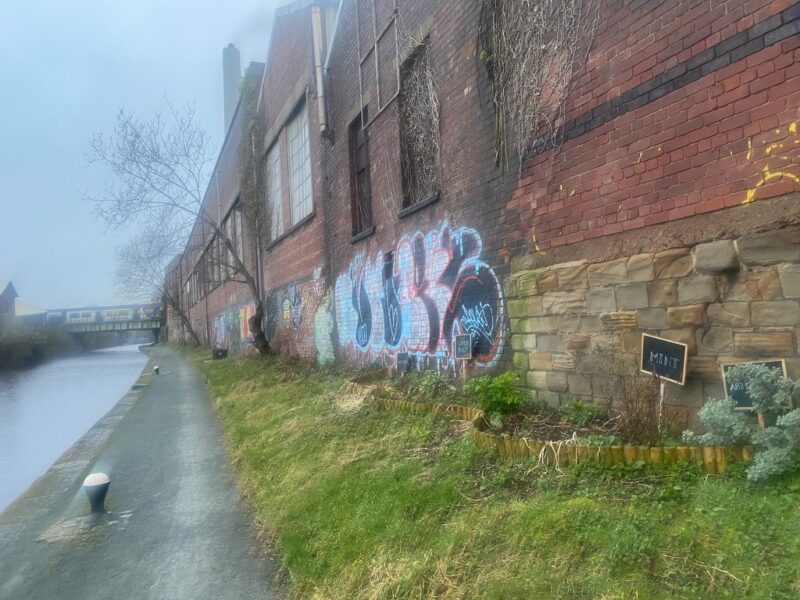
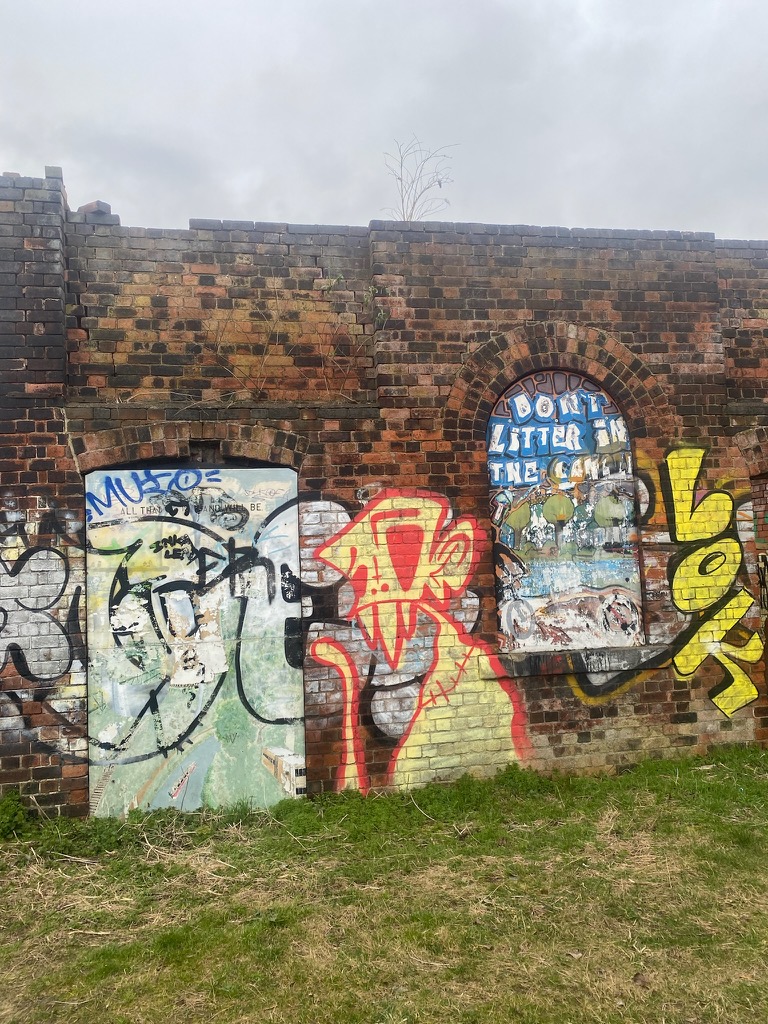
Paris, France
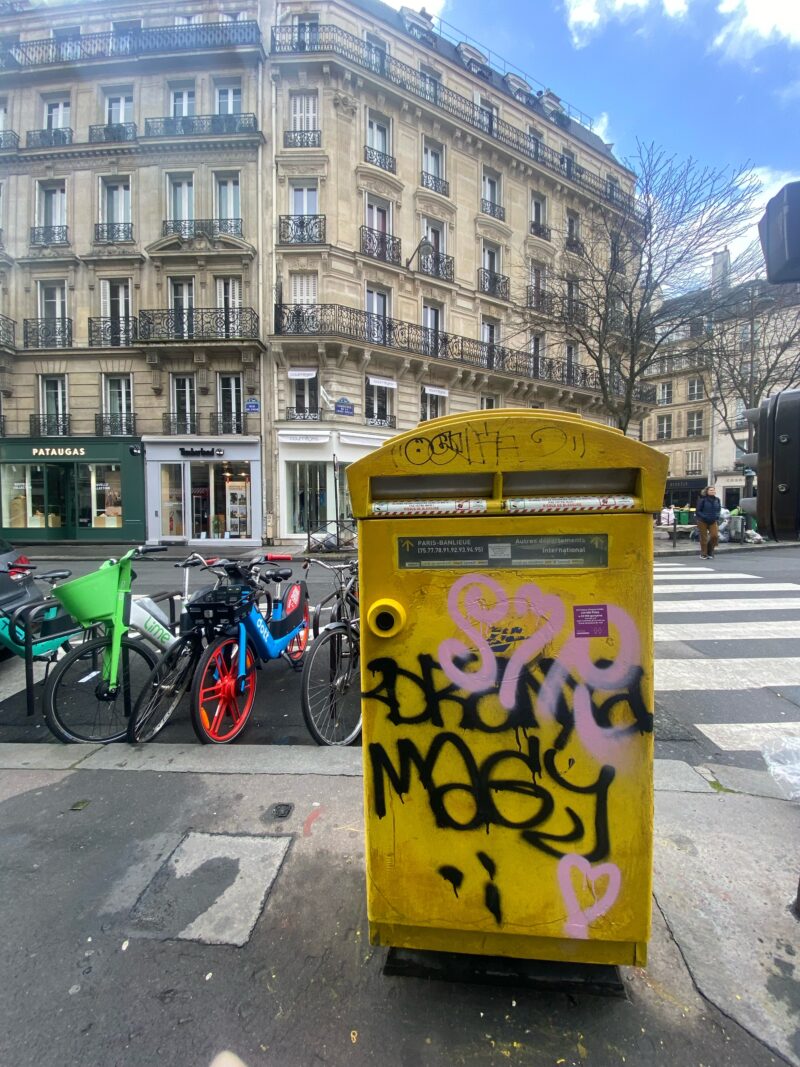
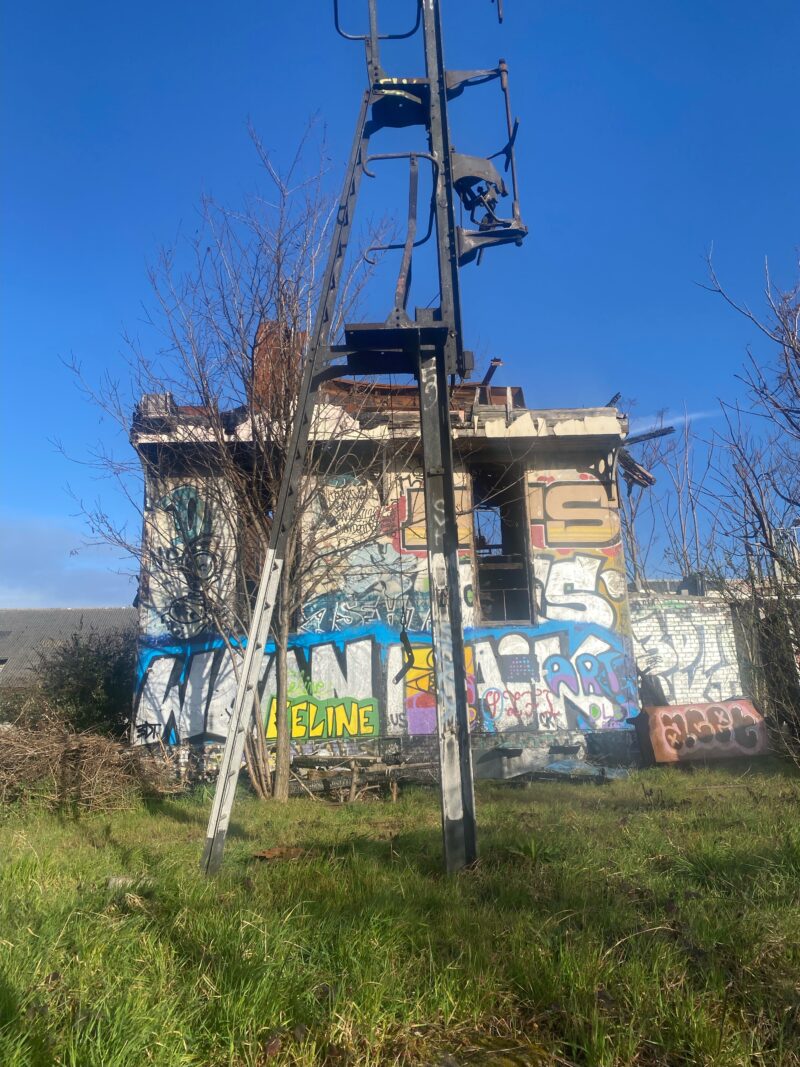
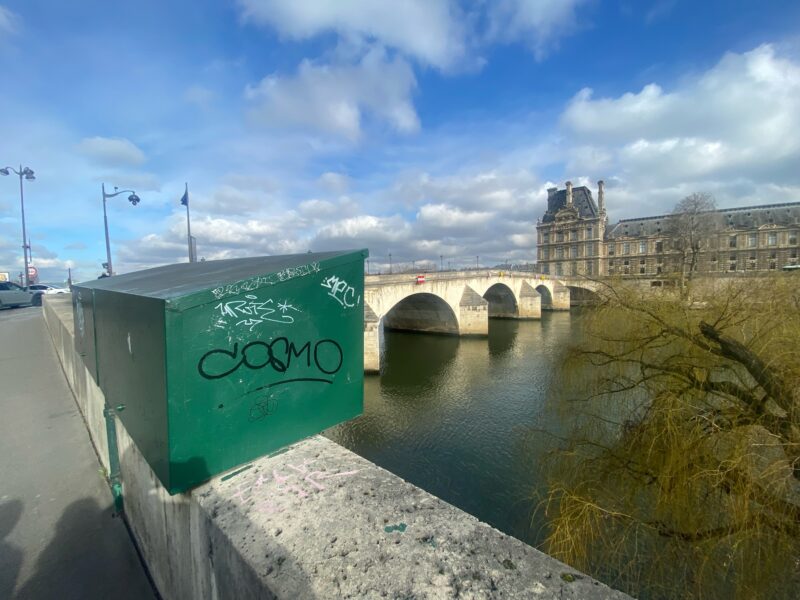
London, UK
